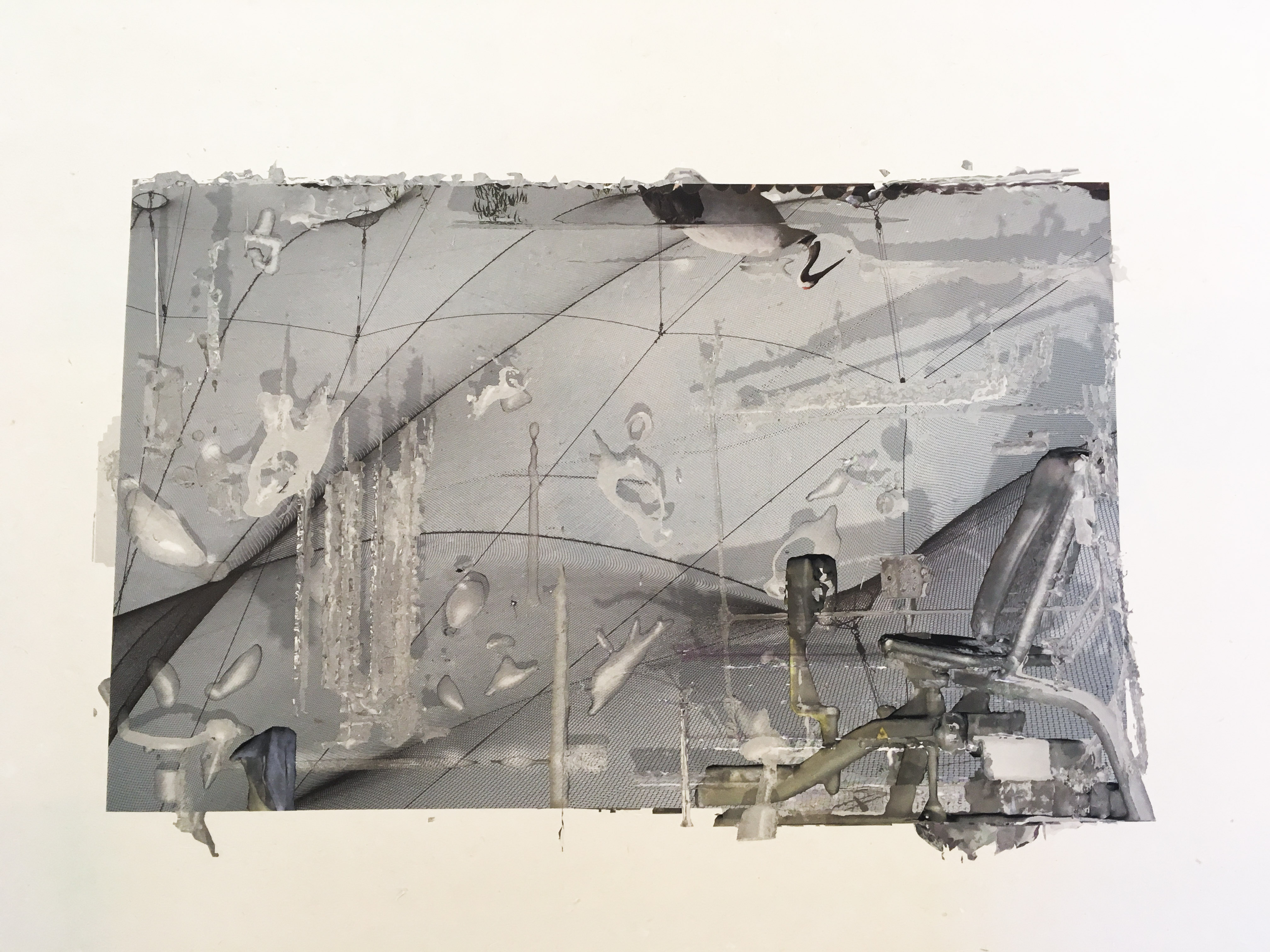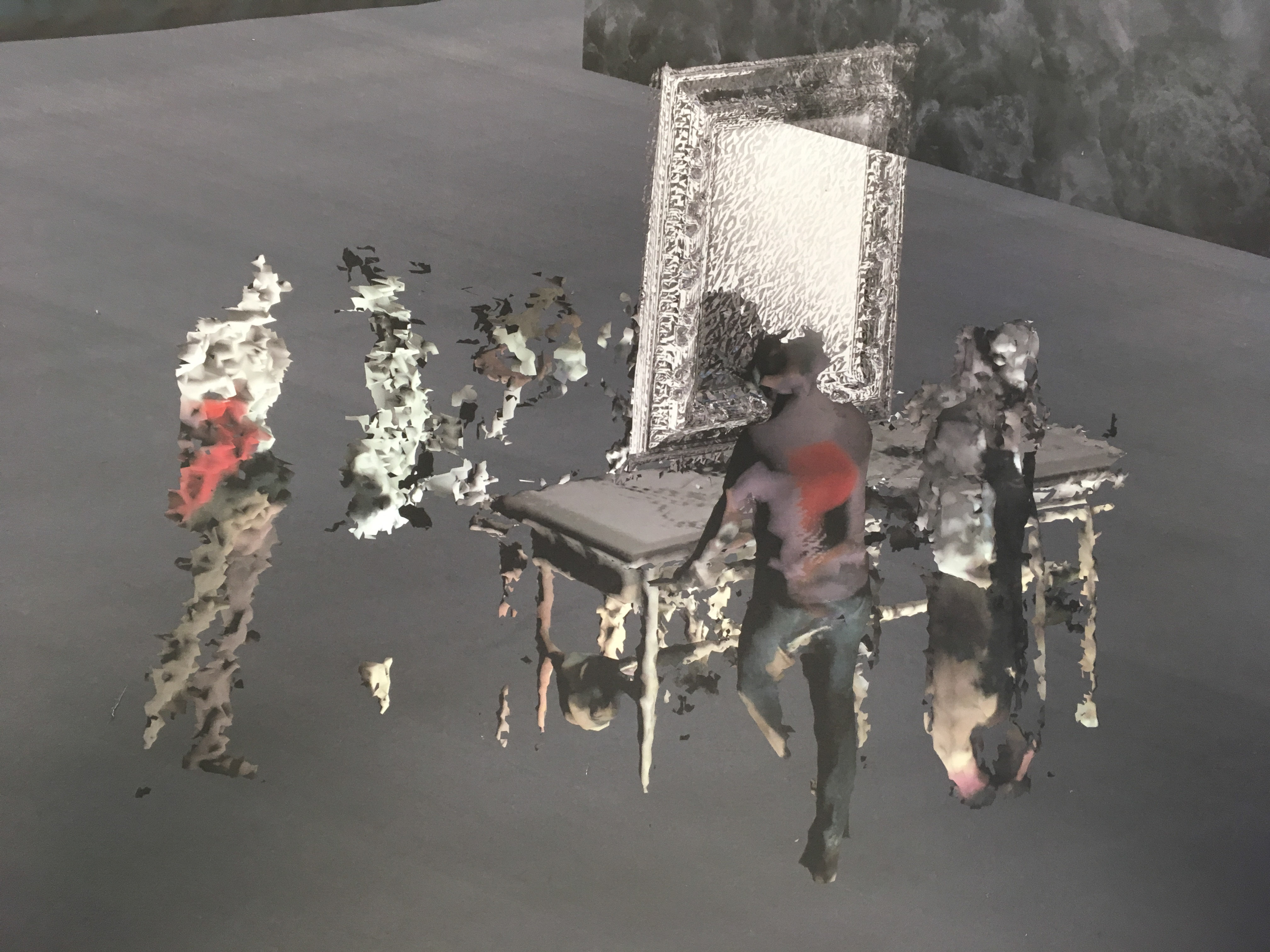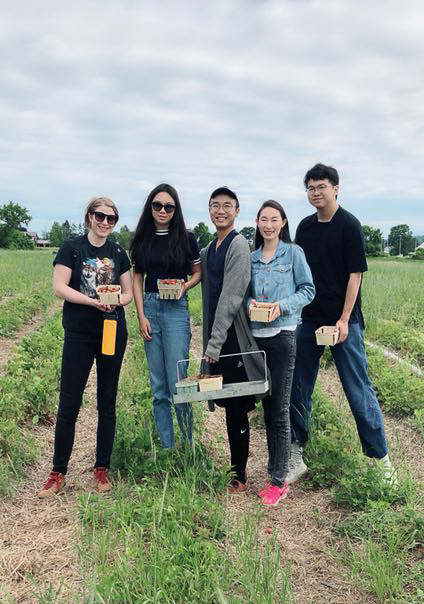Jiajun Liu
Jiajun Liu an emerging artist from Brooklyn. Born in Xianyang China he started out at a very young age doing traditional Chinese painting. He has been working with digital processes for the past five years. He is with us this week to explore printing his digital composite images on our Xuan paper, the same papers he painted on in his youth. Jiajun uses a Structure Sensor IO to scan his environment and brings them together in Cinema 4D; creating dynamic artificial urban landscapes. The imagery he combines come from factories, The Met, and various stores in New York City. Jiajun sees these prints more as paintings, and uses the colorful artifacts created by the Structure Sensor as brush strokes. Along with printing and working with co-director Joseph Scheer to refine his files, he has enjoyed several IEA dinners, and went on a special strawberry picking event with IEA associates Aodi Liang, Jiayi Wang, Jessica Earle.
Bio:
Jiajun Liu is a visual artist currently living in New York. He received his BFA from Central Academy of Fine Arts(Beijing, China) and MFA from Pratt Institute(New York, US). He creates images and virtually rendered scenes that are extracted and reconstructed from reality through photography and digital imaging. He mines the possibilities of technologies that are widely used and accessible to people, such as digital photography, scanning, and computer 3D modeling. His work reflects the distortions that occur during the conversions between machine-generated representations and the physical world.
Statement:
In an era characterized by the proliferation of techniques that are able to record our physical world, I employ some of these techniques to create points of integration and oppositions by collecting images, scanning and photographing their representations. In my practice, I take advantage of the capacities of the machine and turn them against each other. My work uses machine-processed digital images as well as 3D objects generated by machines to create dramatic and metaphorically virtual spaces that reconstruct the distortions, glitches, and errors that occur during digital capturing and machine representation of the physical world. It also contrasts the attributes of the scanned objects and their virtual textures in order to respond to the “truth claim” of the machine’s digital capacity possibility.





